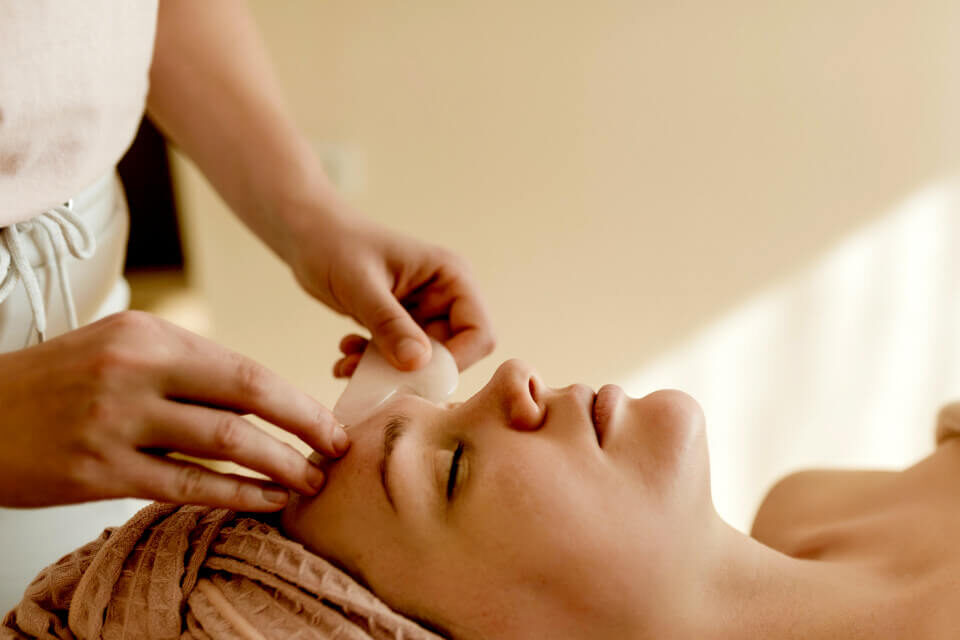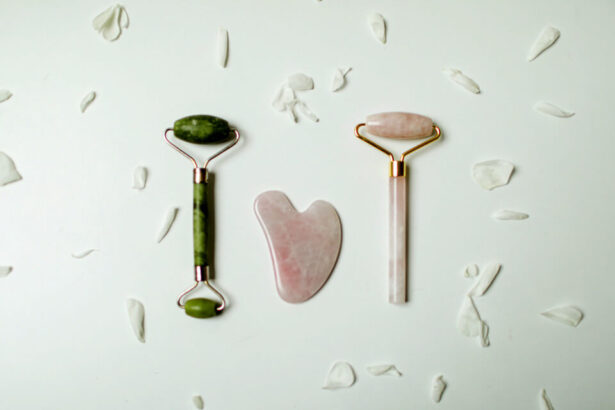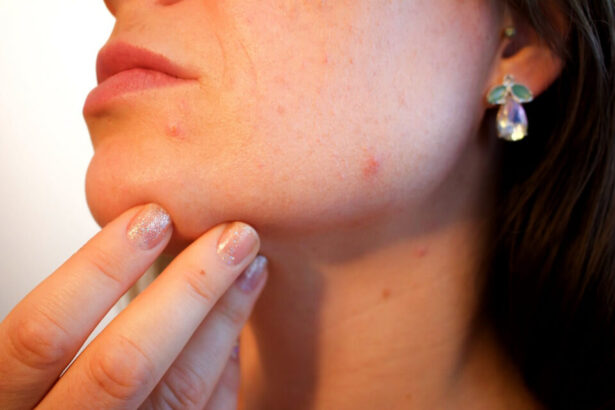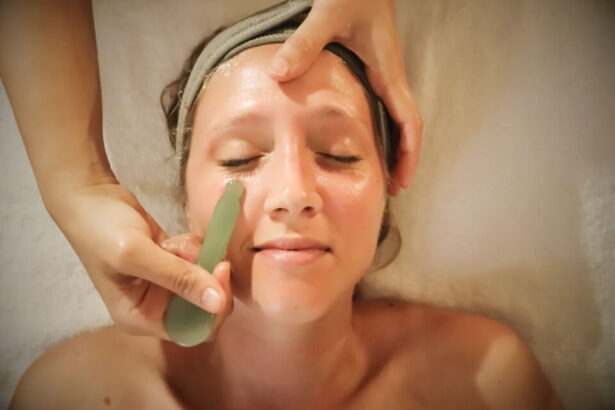To perform Gua Sha, it’s important to master the basic strokes. These strokes include long strokes, short strokes, circular strokes, scraping strokes, and hooking strokes. Each stroke serves a specific purpose and can be used to address different issues in the body.
Long strokes involve holding the Gua Sha tool at a 45-degree angle and applying light pressure as you glide it over your skin. This stroke is used to improve circulation and promote relaxation. To perform long strokes, start at the center of the area you want to treat and move outward in one direction. Repeat this motion several times, working your way up or down the body.
Short strokes are similar to long strokes but involve shorter, more rapid movements. Use short strokes to stimulate the muscles and release tension. To perform short strokes, hold the Gua Sha tool at a 45-degree angle and apply light pressure as you move the tool back and forth in a quick motion.
Circular strokes involve holding the Gua Sha tool at a 90-degree angle and using a circular motion to massage the skin. This stroke is used to improve circulation and promote lymphatic drainage. To perform circular strokes, start in the center of the area you want to treat and work your way outwards in a circular motion. Use light pressure and repeat the motion several times.
Scraping strokes are the most common Gua Sha technique. To perform scraping strokes, hold the Gua Sha tool at a 45-degree angle and apply light pressure as you scrape the skin in one direction. Use short, rapid movements and work your way up or down the body. Scraping strokes are used to improve circulation, release tension, and promote lymphatic drainage.
Hooking strokes are used to release tension and improve circulation in specific areas of the body, such as the neck and shoulders. To perform hooking strokes, hold the Gua Sha tool at a 90-degree angle and use a hooking motion to massage the area. Start at the top of the area you want to treat and work your way down.
When performing Gua Sha, it’s important to use light pressure and avoid applying too much force, which can cause bruising and skin irritation. Start with gentle strokes and gradually increase pressure as you become more comfortable with the technique. It’s also important to use a good quality Gua Sha tool and to clean the tool after each use to prevent the spread of bacteria.
In conclusion, mastering the basic Gua Sha strokes is essential for anyone looking to benefit from this ancient healing practice. By using these strokes correctly, you can improve circulation, release tension, and promote relaxation in the body. With regular practice, Gua Sha can become a natural and effective part of your self-care routine.



